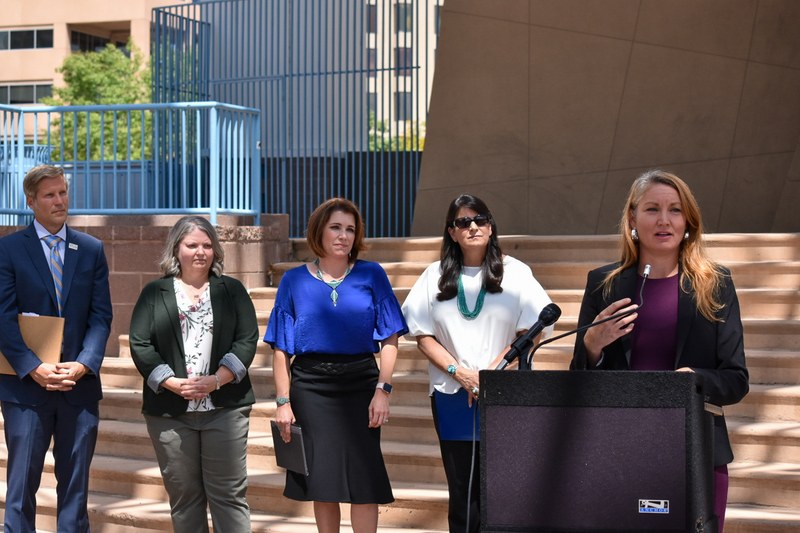
Local Leaders Announce Youth Center for Youth Experiencing Homelessness
Funding is being secured, and a stakeholder engagement and visioning process to establish values, priorities, and vision for the Youth Center.
August 31, 2022
Today, Federal and City leaders gathered to announce initial funding and commitment to building a Youth Center for young people experiencing homelessness, serving youth aged 18-25. City Councilors Brook Bassan, Tammy Fiebelkorn, and Renee Grout joined U.S. Representative Melanie Stansbury, and Mayor Tim Keller to announce this center, making it a first of its kind in the State of New Mexico.
In Bernalillo County, there are between 1,200 – 2,300 young people aged 15-25 without stable housing, according to the Comprehensive Needs Assessment of Young People Experiencing Housing Instability and Homelessness in Bernalillo County, New Mexico. Adult shelters do not typically provide services that are developmentally appropriate for young people, and they often feel unsafe in adult shelters.
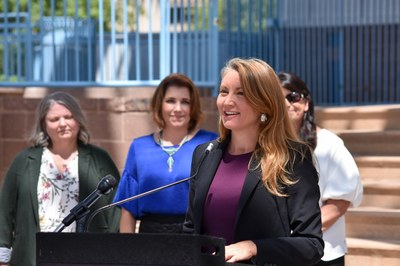
U.S. Representative Melanie Stansbury secured $1.5 million for the Youth Center through the House of Representatives, bringing the total committed so far to $8.75 million. $7 million is committed with American Rescue Plan Act (ARPA) Funds and $250,000 from the City’s General Fund. The expected total cost for the Youth Center is $10 million.
“I serve in Congress because I believe that every single young person in our community deserves the opportunity to thrive. That is why I am proud to have secured $1.5 million in the House of Representatives to establish Albuquerque’s first Homeless Youth Center,” said Rep. Stansbury. “This facility will provide a safe space for young people facing housing insecurity and connect them with the care and resources they need to plan for their future and maximize their potential. I am grateful to our City Councilors and our Mayor for their vision to address homelessness with a multidimensional approach to center the needs of our youth.”
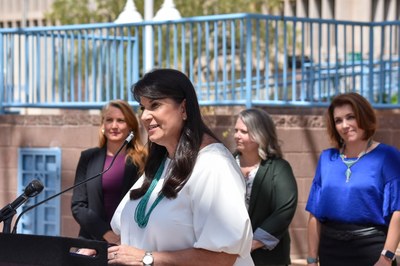
City Councilors Bassan, Fiebelkorn, and Grout initiated this stakeholder engagement and inspirational process to establish values, priorities, and vision for developing a non-traditional center for homeless youths using a Trauma-Informed Design framework. The visioning process included coordination and planning meetings to identify key stakeholders, research into Trauma Informed Design principles, case study examples in other locations, a virtual design programming charrette, and in-person engagement with youth and young adults experiencing homelessness.
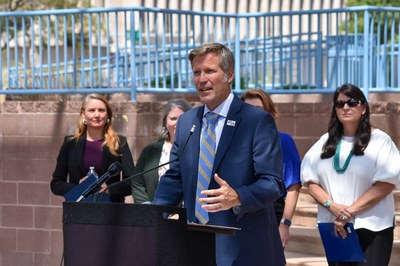
"This is strong progress towards the City of Albuquerque's newest shelter, a shelter for our unhoused youth who for too long have been undercounted and overlooked," said Mayor Tim Keller. "I am grateful for the work of our Homeless Coordinating Council Youth Committee for identifying this need, and to our partners in City Council and the Federal Delegation for working so hard with my administration to rapidly secure the initial funding."
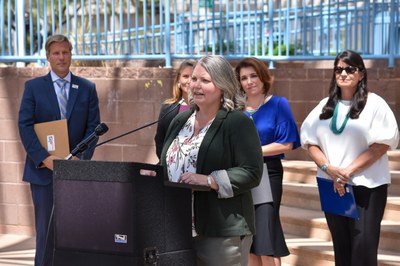
Stakeholders engaged in the process included shelter providers, advocates for the unhoused, and young adults with lived experience of homelessness, with representation from multiple City of Albuquerque Departments, Bernalillo County, Albuquerque Public Schools, the University of New Mexico, the Pacific Institute for Research and Evaluation, New Day Youth and Family Services, Youth Development Inc., and the New Mexico Children, Youth and Families Department.
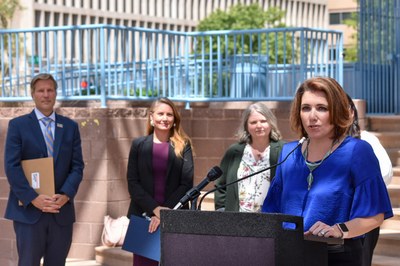
“The engagement activities confirmed the need to work within a Trauma Informed Design framework that prioritizes developmental needs for those aged 18-25 and initiated the development of a preliminary design program, space adjacency diagram, and weighted scoring tool for facility location identification and prioritization,” said the Councilors jointly. “The City Council is committed to an ongoing high level of engagement with young adults who have lived experience with housing insecurity, along with advice and recommendation from experienced providers as the project moves forward.”
Next steps include development of a service provider program and RFP, location identification and purchase (if not already City-owned), community engagement and education, and procurement of a design team.

